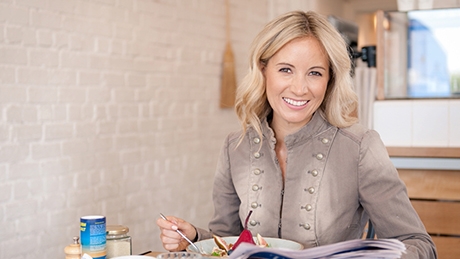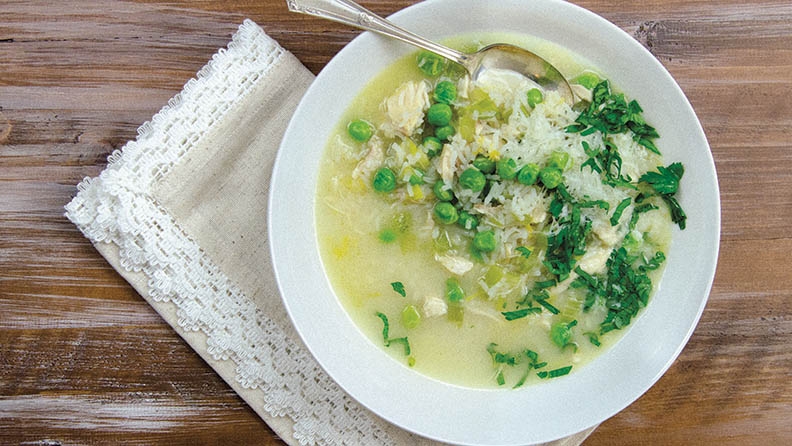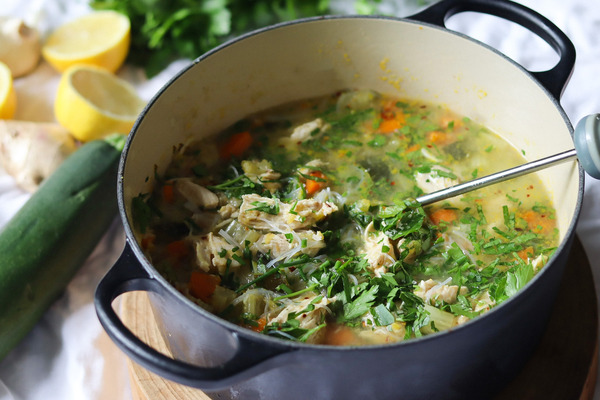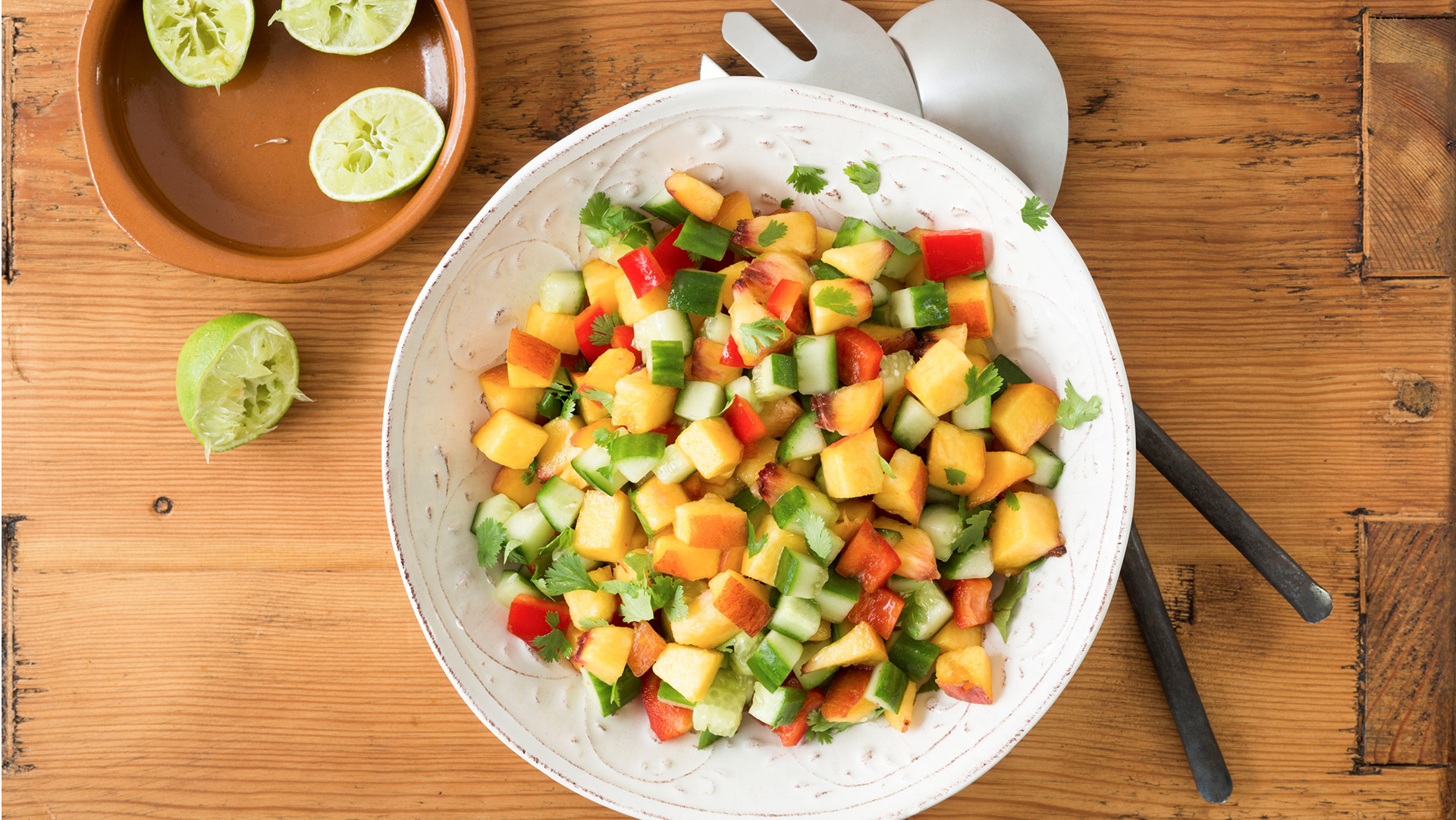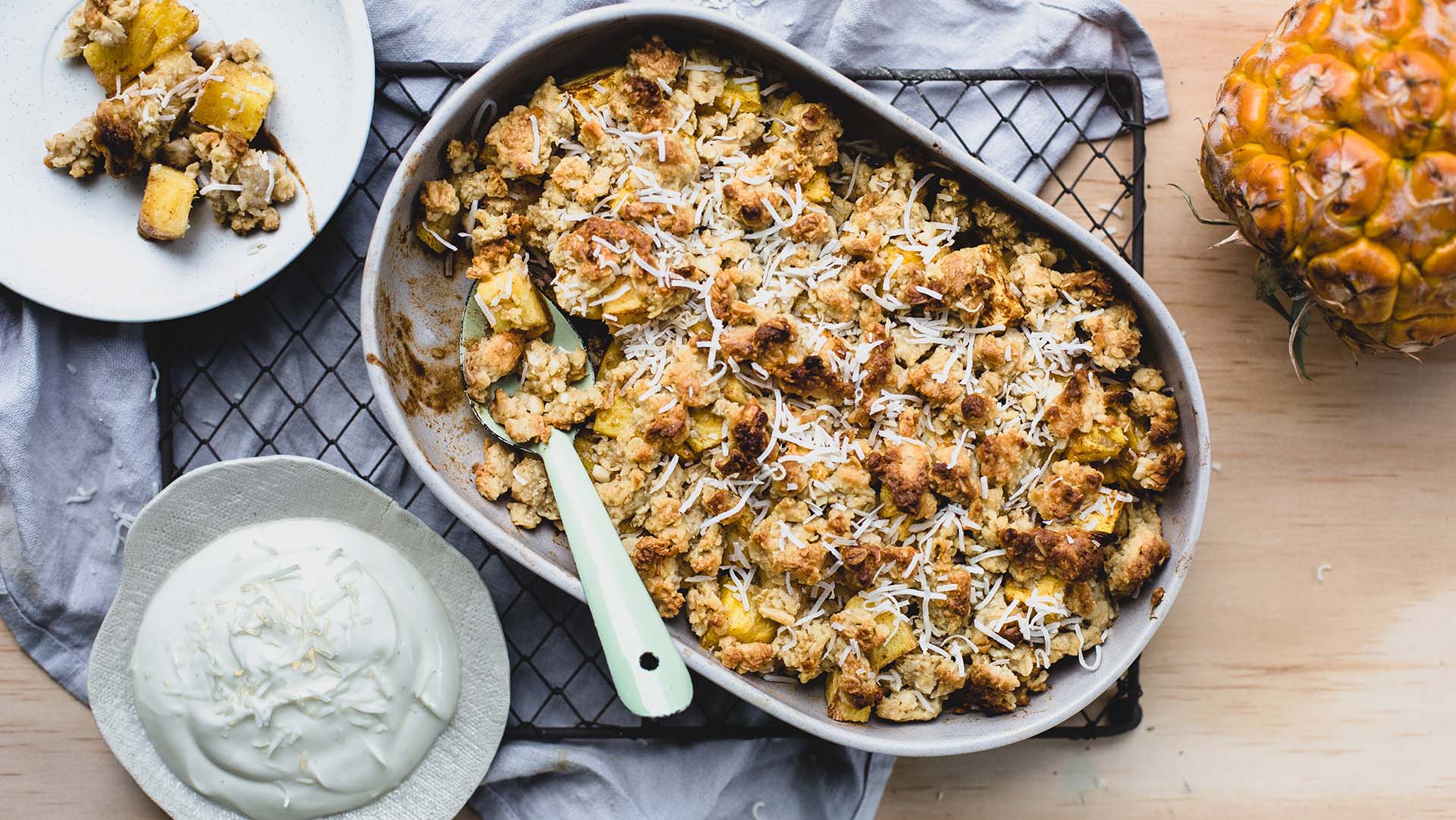-
There’s an under-appreciated mollusk that deserves our attention and praise: the mussel. These little sea creatures aren't appearing on the menu in Australian households anywhere near as often as they should be, given their excellent health benefits, bountiful supply and eco-friendly credentials.
Mussels are an excellent source of protein, iron, selenium, iodine and omega-3. They are also low in saturated fat, making them a natural gourmet gift you can really feel good about.
To top it all off, they're one of the easiest seafoods to cook. All you need to do is steam them in a pot for around three to four minutes, and they're ready to be paired with a wide variety of flavours, from traditional cream or wine sauces, to Asian style dishes, to Mediterranean pastas, salads and paellas.
And yet, Australians eat a comparatively small amount of these seafood morsels. The Australian Mussel Industry Association says we're eating 240 g of mussels each per year. In contrast, our Kiwi neighbours are devouring around 15 kg of mussels each every year. On the other side of the Pacific Ocean, Chileans are enjoying up to 9 kg, and 2 kg seems to be the right amount to satisfy our amigos in Spain.
What makes this strange is not only the plentiful supply of mussels produced in Australia, but also their fine quality and bargain price.
Australian Blue Mussels, sustainably farmed in the deep, clean waters along the southern Australian coastline, are among the tastiest in the world.
Portarlington mussel farmer Lance Wiffen of Sea Bounty is one producer who has perfected the art of cultivating these gems from the cool depths of Port Philip Bay. A family-owned business with a 30 year history, Sea Bounty takes pride in harvesting fine quality mussels using modern, environmentally sustainable farming techniques.
Such is the quality of Sea Bounty mussels that world-renowned chef Ben Shewry (of Melbourne restaurant Attica) not only features them on his menu, but hails Lance as an unsung hero in our community who ought to be celebrated. Rene Redzepi, head chef of Copenhagen’s famed Noma restaurant is also a fan of Sea Bounty mussels, deeming them ‘exquisite’ on a recent visit to Port Philip Bay.
Sea Bounty mussels are shipped to restaurants in Melbourne and supermarkets all over Australia, and to overseas markets too. In 2014, the company picked up a sustainability award in The Age Good Food Guide Awards.
What makes these mussels so fresh, succulent and tender? We asked Lance, the mussel master himself, to explain.
“It’s the deep waters in which they grow,” Lance says. “The clean water that comes in with the change of tide in Port Phillip Bay brings in lots of nutrients from the surrounding land mass.
“There's no protein on earth more sustainable than shellfish. And while most seafood sectors are fully maximised or declining, mussel aquaculture is growing and meeting the criteria of environmentally sustainable development.”
Mussels: the facts
• More than 3,000 tonnes of mussels are produced in Australia every year.
• They are sold for between $5 and $12 per kilo.
• Mussels are a clean and nutritious source of protein, as well as being a great source of omega 3 fatty acids, zinc and folate, and they exceed the recommended daily intake of selenium, iodine and iron.
• Mussels are sustainably farmed with no negative impact to the environment.
The mussel myth
One of the biggest myths about mussels is that we shouldn’t eat ones that don’t open. Australian Seafood Cooperative Research Centre research shows that 73% of us throw away mussels for this reason – which means we throw away 370 tonnes of perfectly good mussels each year.
English cookbooks were right in saying this because mussels were dug out of mud in estuaries. meaning the ones that wouldn’t open were full of mud and dead. But this doesn’t stand for the mussels we produce. They’re grown in mid water and are all young mussels. They cook at different rates so if they don’t open, often it’s because they’re not cooked, or the protein has cooked too quickly.
Why we should eat more mussels
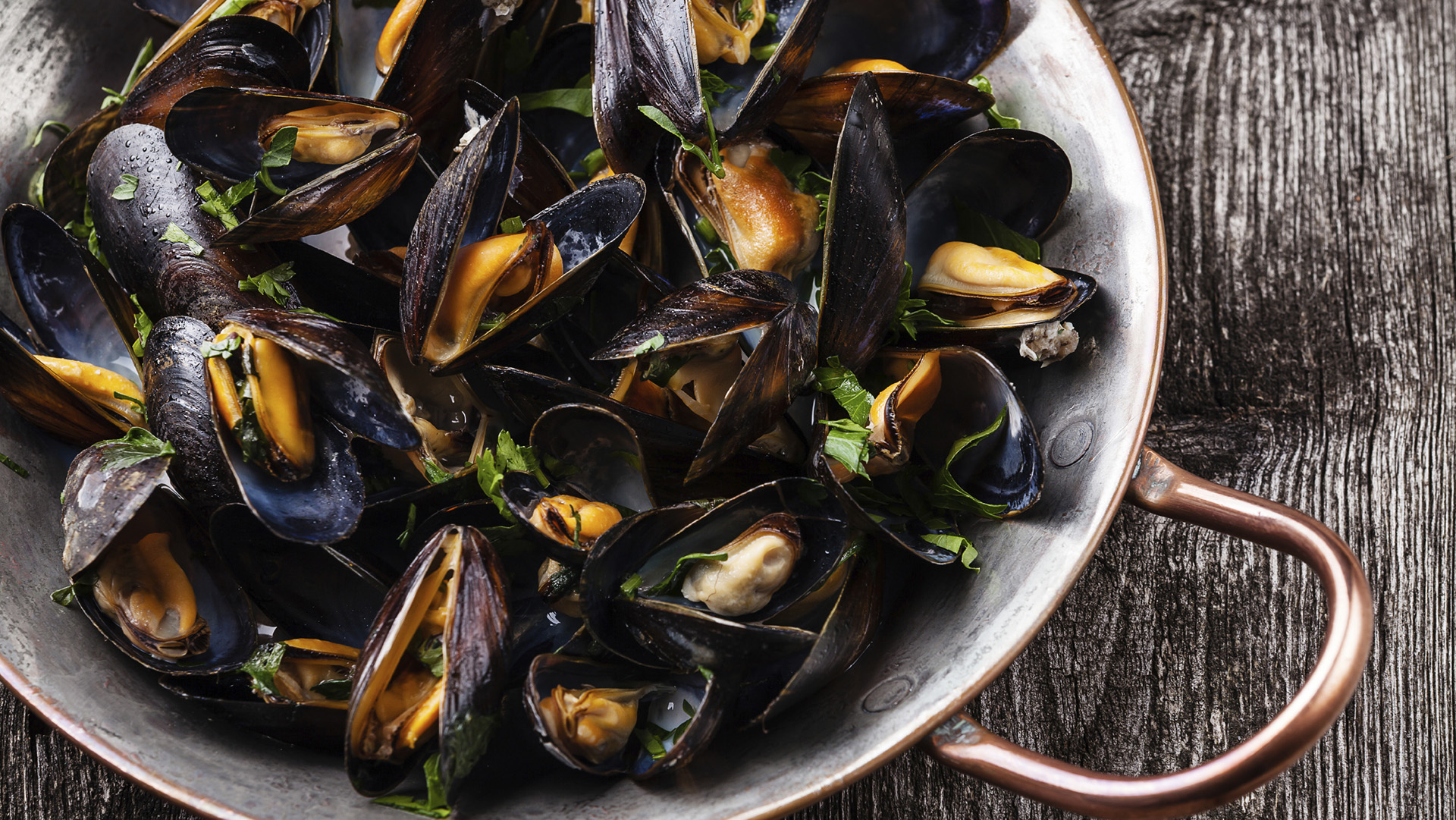
-
Is sharing a meal the secret ingredient to a happier life?
Why social connection may be the most important ingredient on your plate.
-
Chicken soup with parmesan, rice, peas and lemon recipe
Nourishing chicken soup
-
The best immunity-boosting foods
Key nutrients to focus on that could help to boost your immunity, and the how to get them.
-
Comforting chicken noodle soup
Packed with anti-inflammatory ingredients including leek, garlic and ginger, this chicken noodle soup is hearty, full of goodness and great for any night of the week.
-
Peach salsa recipe
Zesty and unusual peach salsa recipe
-
Pineapple gingerbread crumble recipe
A summer riff on a winter classic.
Subscribe to receive the best from Live Better every week. Healthy recipes, exercise tips and activities, offers and promotions – everything to help you eat, move and feel better.
By clicking sign up I understand and agree to Medibank's privacy policy
